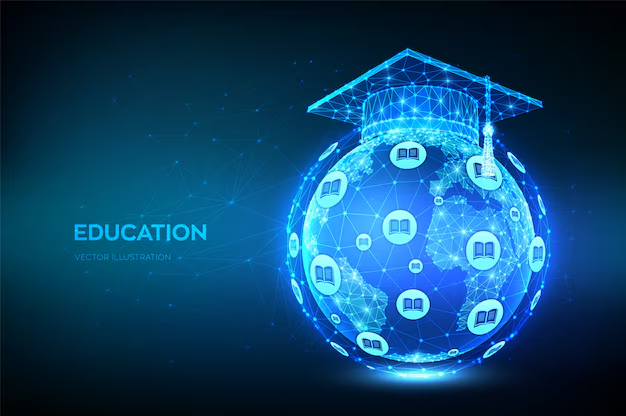Transforming Education: How Technology is Reshaping the Classroom
In recent years, technology has revolutionized the way we approach education. With the increasing integration of digital tools, the traditional classroom is evolving to meet the needs of the modern student. From interactive learning platforms to AI-powered tutoring systems, technology is not just enhancing how teachers teach and students learn, but also providing new opportunities for engagement, personalization, and accessibility.
Here are some of the key ways technology is reshaping the classroom:
1. Personalized Learning
Technology allows for a more tailored educational experience. Tools like adaptive learning software can adjust lessons based on individual students’ strengths, weaknesses, and learning paces. This ensures that no student is left behind while also offering more challenges for those who excel.
2. Access to a Wealth of Resources
The internet has democratized access to information. Students are no longer limited to textbooks or classroom lectures. With online platforms like Khan Academy, Coursera, and even YouTube, students have an almost infinite range of resources at their fingertips. They can explore topics of interest, participate in online courses, or even connect with experts across the globe.
3. Collaborative Learning
Technology fosters collaboration among students, regardless of location. With tools like Google Classroom, Zoom, and collaborative platforms like Padlet or Miro, students can work together on projects in real-time, share ideas, and learn from one another. This breaks down the barriers of traditional classroom setups and enables learning to extend beyond the classroom walls.
4. Engagement through Interactive Tools
From gamification to augmented and virtual reality (AR/VR), technology makes learning more interactive and engaging. Gamified platforms such as Kahoot! or Quizlet make lessons fun while reinforcing knowledge. Similarly, AR/VR technologies allow students to experience history, science, and literature in immersive ways, making abstract concepts tangible and memorable.
5. Improved Teacher-Student Communication
Communication between teachers and students has been made easier and more efficient with technology. Platforms like Edmodo, Google Classroom, and Remind allow teachers to post assignments, answer questions, and provide feedback instantly. This continuous communication helps keep students on track and provides real-time support.
6. Global Learning Communities
Technology enables the formation of global learning communities. Students can collaborate with peers from around the world, sharing ideas and perspectives that broaden their understanding of different cultures and global issues. This enhances cultural awareness and prepares students for a globalized world.
7. Assistive Technology
For students with disabilities, assistive technology has been a game-changer. Tools like speech-to-text software, screen readers, and specialized apps can help students with visual, hearing, or learning disabilities better access the curriculum and participate in classroom activities.
8. Data-Driven Insights
With the ability to collect and analyze data, technology allows for a more informed approach to education. Teachers can track student progress, identify trends, and adjust their teaching methods accordingly. Data analytics helps to provide early interventions for students who may need extra support or advanced challenges.
9. Blended and Remote Learning
The rise of blended learning, which combines traditional face-to-face education with online instruction, has given students the flexibility to learn at their own pace. Remote learning tools, especially during the COVID-19 pandemic, demonstrated how education can continue even when students can’t be physically present in the classroom. Technology made this transition smoother, offering video conferencing, digital assignments, and virtual class discussions.
10. Preparing for Future Careers
Technology in the classroom also prepares students for the tech-centric future. By engaging with various digital tools, students become proficient in skills they will need in future careers, such as coding, data analysis, digital communication, and problem-solving in tech environments.
Conclusion
Technology has moved from being a supplement to education to becoming a central component in reshaping how we teach and learn. By integrating these tools effectively, educators can enhance the learning experience, make it more inclusive, and equip students with the skills needed to succeed in a rapidly changing world. As the educational landscape continues to evolve, embracing the power of technology will remain key to unlocking the p

